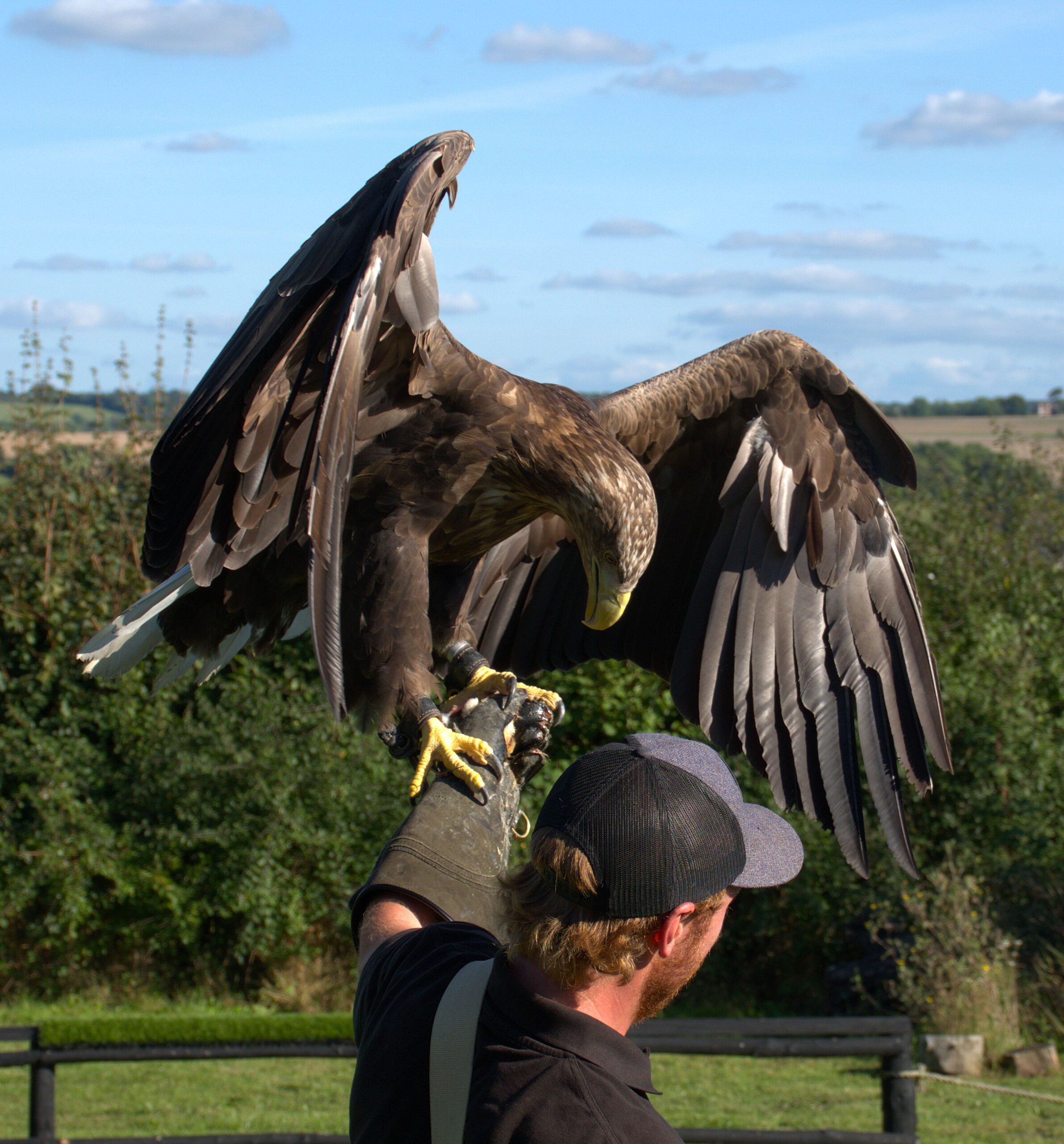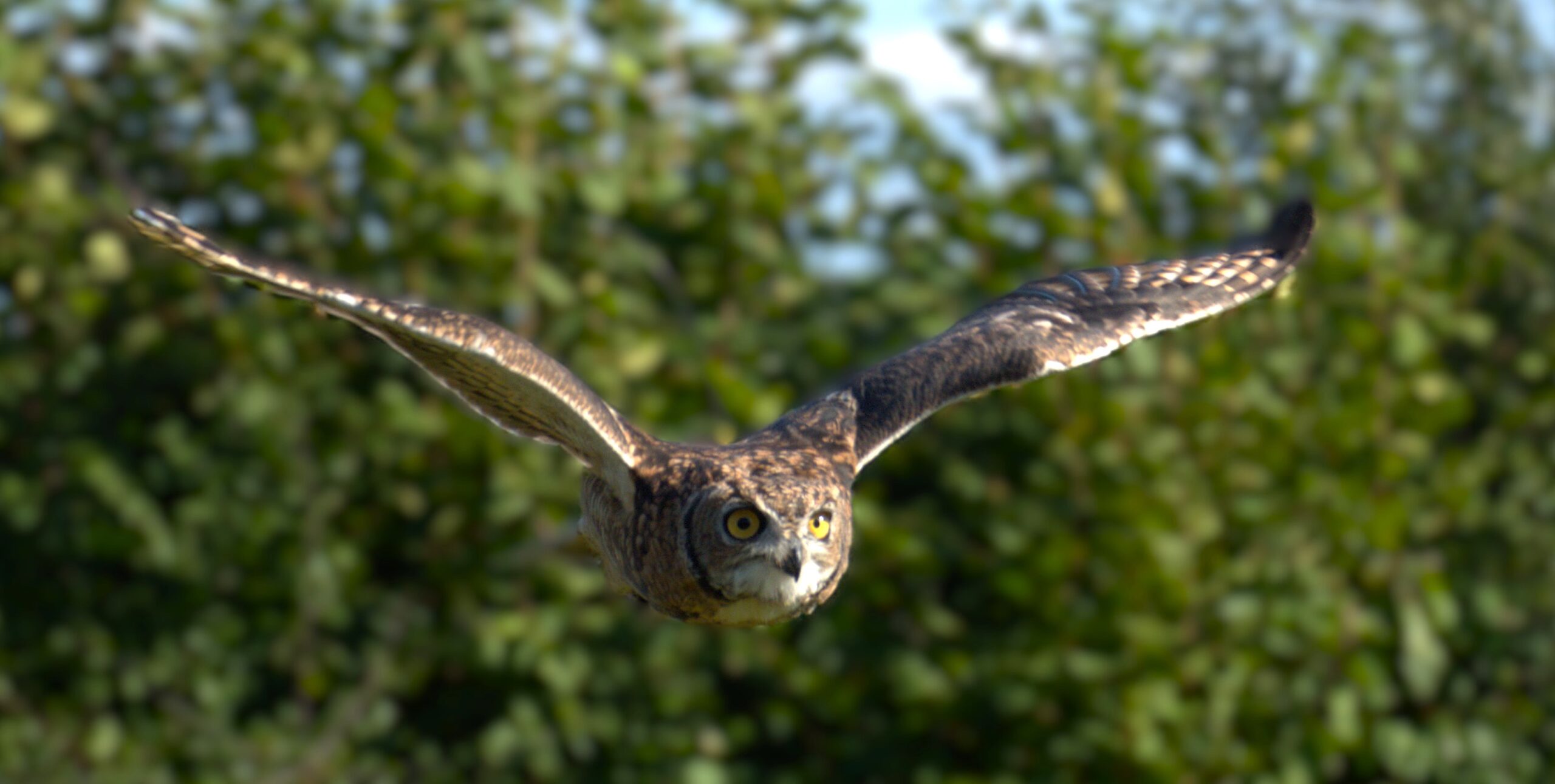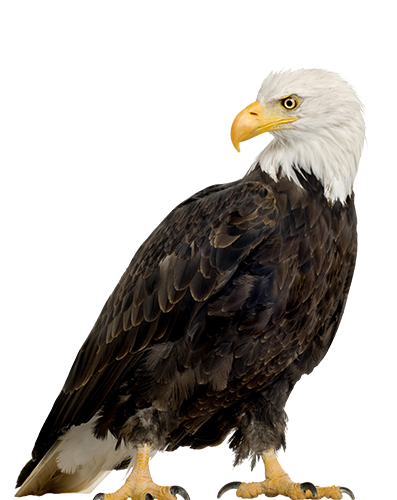

As proud members of Green Tourism, holding the Silver award, conservation is at the heart of everything we do at Eagle Heights. We purposefully maintain natural wildlife areas across our centre, prioritising biodiversity over manicured landscapes.
Our immersive animal experiences serve a dual purpose: they provide vital funding for animal care while inspiring visitors to become passionate advocates for wildlife and environmental conservation. Through hands-on encounters and educational displays, we’re committed to showing how everyone can play a part in protecting our planet’s future. Discover our range of unique experiences and join us in making a difference.
Eagle Heights welcomes all visitors, offering wheelchair hire at no charge and accessible facilities including accessible toilets and staff that are trained in neurodiversity awareness. To learn more about how we can support your visit and make your day as comfortable as possible, click through to our dedicated accessibility page
Plan ahead and make the most of your wildlife adventure at Eagle Heights, where a typical visit lasts 2-3 hours and includes our spectacular flying displays, animal viewing, and on-site facilities. Click through to our detailed plan your visit page to discover our seasonal opening times, admission prices, and helpful tips to ensure your visit is truly memorable.


Eagle Heights proudly houses an extraordinary collection of over 30 majestic species. Beyond our renowned avian residents, we’ve evolved into a diverse wildlife haven, where you can encounter everything from playful Meerkats and graceful Servals to an array of fascinating mammals and exotic birds – each with their own unique story to tell.
office@eagleheights.co.uk
01322 866 577
Eagle Heights Lullingstone Lane, Eynsford Kent, DA40JB What3Words: ///leaps.lamp.goats